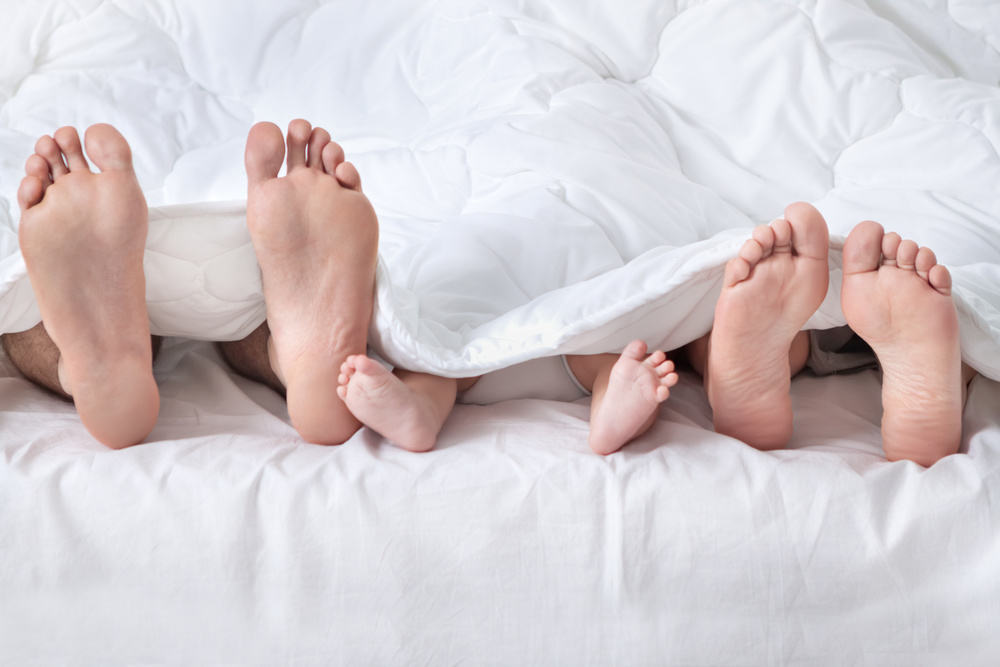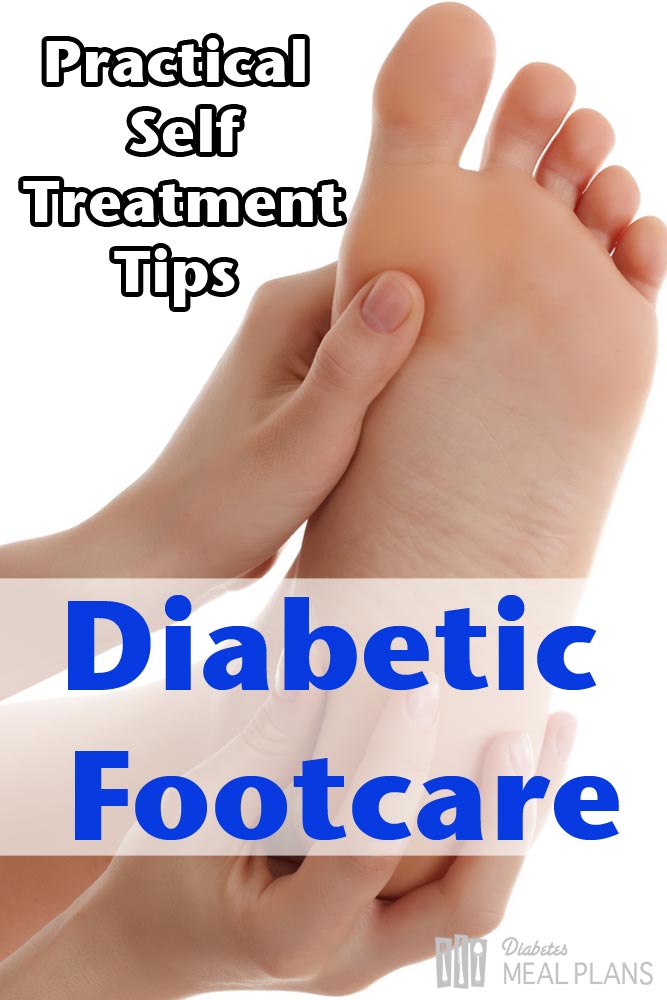
Diabetes is a serious health condition in which the body has difficulty producing any or enough insulin that further leads to elevated levels of glucose in the bloodstream. The elevated glucose, in turn, causes severe range of complications including foot problems.
Foot problems usually develop when the nerve is damaged. This condition is also known as neuropathy. The common signs and symptoms of neuropathy include stinging or burning pain, tingling, or weakness in the foot area. In some cases, loss of feeling in the foot also occurs. When this happens, you wouldn’t even realized or felt that you have injured your foot. Likewise, poor blood flow also causes problems and may change the size and the shape of your foot.
The Different Foot Complications Caused by Diabetes
1. Athlete’s Foot
This is a type of fungus that causes redness, cracking, and itching. When your skin is cracked, germs can easily penetrate and can cause an infection. The doctor may recommend pills or foot creams to treat athlete’s foot.
2. Fungal Infection of Nails
Your toenails can also be infected with fungus. The early signs of toenail fungus are discoloring, thickness, brittleness, and popping of the nail. It is best to avoid wearing shoes when you have fungal infection as the warm, moist environment can further contribute to the infection. Several ways to treat fungal infection of the nails include taking oral pills, applying foot cream directly to the affected area (which only works on a number of fungal infection cases) and removing the infected nail tissue.
3. Blisters
Having diabetes makes you more prone to developing blisters especially when you tend to wear shoes often. Constant rubbing of your feet with your shoes and wearing one that doesn’t fit well can cause blisters. To prevent this, you must wear socks to protect your feet. It is also recommended not to pop any blister at it may worsen. An antibacterial cream and bandage wrap can also alleviate blisters.
4. Corns
These can form in a bony area of a toe or in between toes. Certain factors cause the formation of corns, one of which is being diabetic. To treat corns, rub it with a pumice stone each time you finish bathing.
5. Calluses
People with diabetes develop calluses on their feet faster because of too much pressure in the foot area. If not treated, calluses can lead to foot ulcers or open sores. With these said, you must avoid cutting your calluses yourself or removing it with chemical agents. Just like the home remedy for corns, you can simply rub it with a pumice stone after every bath and put on some lotion once done.
6. Dry Skin
Diabetes also causes changes in the skin including your foot area. This is because the nerve that controls the oil and moisture of your skin no longer works leading to dry, cracked skin of your foot. Apply a thin coat of petroleum jelly on the affected area to seal in moisture each time you finish bathing.
7. Bunions
A bunion is the angling of your big toe towards the second toe and may thicken and harden with time. In most cases, it can easily be treated by using felt or foam pudding and a device to separate the bunion. In rare cases, surgery may be necessary.
8. Hammertoes
A hammertoe is the curling of the toenails under the feet, which is caused by weakened muscles. This foot condition can also lead to blisters, calluses, and sores. Corrective footwear and splinting can be done to treat hammertoes, but some cases may require toe surgery.
9. Plantar Warts
These resemble the appearance of calluses but on the ball or heel of the foot. Plantar warts have small black spots or tiny holes at the center and are usually painful and come in clusters. It is best to consult your doctor for propermtreatment of plantar warts.
10. Neuropathy
Nerve damage caused by diabetes also lessens your general ability to feel pain, cold, and heat. Also called “sensory diabetic neuropathy”, this condition increases an individual’s risk of having foot injury without noticing or feeling it. This can further lead to infections and even improper alignment and injury of the muscles.
11. Gangrene
Gangrene is most commonly associated with having a chronic illness such as diabetes. It is a condition wherein a body tissue is decomposed, which results to obstruction of blood circulation, bacterial infection, and worse, localized death. This is the scariest part of having diabetes as the doctor may recommend the amputation of the affected part of your body (e.g. your foot).
Preventing Diabetes-Related Foot Problems
Just like any other health conditions, foot problems associated with diabetes can be prevented too. You must take careful steps and observe proper care for your foot. You must also meet with your doctor regularly to get tips on how to control your blood sugar levels and the appropriate diet and exercise that you need to manage diabetes, if not totally ward it off.
 Some other tips to properly care for your feet include:
Some other tips to properly care for your feet include:
- Wearing comfortable shoes all the time.
- Not walking barefoot even inside your home, most especially on very hot pavements.
- Washing your feet with warm water and drying them all the time.
- Checking your feet on a daily basis for blisters or any other problems.
- Stopping the urge to smoke as it contributes to poor blood circulation in the feet and arteriosclerosis.
- Trimming your toenails all the time.
- Applying lotion or petroleum jelly to dry skin but never in between the toes.
- Not cutting away corns and calluses with scissors or razors.
In the end, whether you have diabetes or not, it all boils down to maintaining a good hygiene to prevent foot problems. If diabetic, by being responsible with yourself and understanding the requirements of your health condition, you can help yourself in preventing the occurrence of diabetes-related foot problems and enjoy the benefits of having healthy feet and legs.
Lori Mancuso
Recent Posts
- Castor Oil For Better Hair Growth: Is It Myth Or Fact?
- Exploring the Differences Between Sermorelin, Ipamorelin, Ibutamoren, GHRP2, and GHRP6: Understanding Their Role in Human Growth Hormone Regulation
- Unraveling the Mystery: Understanding the Causes and Prognosis of Ventricular Tachycardia Without Apparent Heart Disease
- Understanding Grandparents’ Rights in Oklahoma: Navigating Visitation and Legal Protections
- 10 Reasons to Consider Hypnotherapy for Your Health

